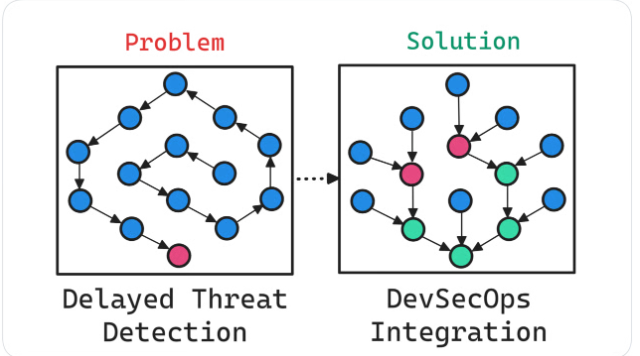4 Kubernetes Anti Patterns
- RNREDDY

- Aug 26
- 1 min read

Anti Pattern 1. Manual Deployments

Problem: Deploying multiple applications manually is slow and increases the chance of mistakes. Each time you do it, it might be a little different, leading to issues.
Solution: Automate your deployment process. Tools like Helm and CI/CD pipelines help you deploy apps the same way every time, making things faster and reducing errors.
“Automation = Consistency”
Anti Pattern 2. Security As An After Thought

Problem: If you don't focus on security from the start, your apps might have vulnerabilities. These weaknesses can be exploited, putting your cluster and data at risk.
Solution: Make security a priority by using DevSecOps practices in your CI/CD pipelines. This helps you catch and fix security issues early, before they become big problems.
“ Shift-left + Fail Fast = Reliability”
Anti-Pattern 3. Chaotic Access Control

Problem: As your Kubernetes environment grows, managing who has access to what becomes complicated and time-consuming. Without a clear system, you could end up with security issues.
Solution: Use Kubernetes Role-Based Access Control (RBAC). RBAC makes it easy to control and automate who can do what in your cluster, keeping things secure and organized.
“NO RBAC = Control illusion”
Anti-Pattern 4. Single Cluster Deployments

Problem: If you only use one cluster, you have one point of failure. If that cluster goes down, all your services could go down too, leading to downtime.
Solution: Use a multi-cluster deployment strategy with Helm charts and GitOps. This spreads your workloads across multiple clusters, so if one fails, the others keep running.
“Multi-Cluster ∝ Resilience”



Comments